The shimmering waters of the Persian Gulf lap against Kuwait's coastline, creating a marine environment that is both ecologically significant and economically vital. Kuwait Bay, a shallow semi-circular inlet covering about 750 square kilometers, serves as the country's most prominent marine feature. This unique aquatic ecosystem supports an extraordinary diversity of life while facing growing environmental challenges in the modern era.
The warm, shallow waters of Kuwait's marine territory create ideal conditions for various species of fish, crustaceans, and marine mammals. Unlike the deeper waters of the open Gulf, Kuwait's coastal areas rarely exceed 30 meters in depth, allowing sunlight to penetrate and support extensive marine plant life. These conditions have made Kuwaiti waters historically rich fishing grounds, with species like zobaidi (silver pomfret) and hamour (orange-spotted grouper) forming the backbone of local fisheries for generations.
Marine biologists have identified over 400 fish species in Kuwaiti waters, with many serving as important commercial resources. The seasonal migration patterns of certain species create a dynamic marine environment that changes throughout the year. During spring and autumn, large schools of fish move through Kuwaiti waters, providing abundant catches for local fishermen. This natural rhythm has shaped Kuwait's fishing traditions and culinary culture for centuries.
Kuwait's coral reefs represent some of the most northerly reef systems in the world, adapted to survive in waters that can range from chilly winter temperatures to extremely warm summer conditions. These resilient ecosystems provide critical habitat for numerous marine organisms. The coral communities near Kubbar, Qaruh, and Umm al Maradim islands showcase nature's ability to adapt to challenging environments, though they remain vulnerable to climate change and human activity.
The country's marine environment plays a crucial role in regional biodiversity. Kuwait Bay serves as an important stopover point for migratory birds traveling along the East Asia-East Africa flyway. The intertidal mudflats and salt marshes provide feeding grounds for thousands of shorebirds during migration seasons. This makes Kuwait's coastal areas significant not just for marine life but for avian species as well, creating an ecological crossroads where desert meets sea.
Industrial development and urban expansion along Kuwait's coastline have introduced numerous environmental pressures. The marine ecosystem has shown remarkable resilience despite facing oil spills, industrial discharge, and habitat destruction over recent decades. The aftermath of the 1991 Gulf War left particularly severe damage, with estimates suggesting about 8-11 million barrels of oil were released into Kuwaiti waters during the conflict. The recovery since then has been gradual but noticeable, demonstrating the Gulf's natural capacity for regeneration.
Kuwait's scientific community has taken increasing interest in marine conservation efforts in recent years. The Kuwait Institute for Scientific Research (KISR) conducts regular monitoring of marine water quality and ecosystem health. Their studies have documented both the challenges facing Kuwait's marine environment and signs of improvement in certain areas. Continuous monitoring has become essential for understanding how this delicate ecosystem responds to both natural variations and human impacts.
The traditional dhow boats that still sail Kuwait's waters represent a living connection to the nation's maritime heritage. These wooden vessels, built using techniques passed down through generations, once formed the backbone of Kuwait's pearling and trading economy. Today, they serve as reminders of how deeply Kuwait's culture is intertwined with the sea. The annual dhow sailing festivals celebrate this heritage while drawing attention to the marine environment that sustained it.
Climate change presents new challenges for Kuwait's marine ecosystems. Rising sea temperatures and changing salinity levels may alter the composition of marine life in coming decades. Some tropical species have already been observed expanding their range into Kuwaiti waters, while native species face increasing stress. The potential for more frequent harmful algal blooms and oxygen-depleted "dead zones" remains a concern for scientists studying the region.
Despite these challenges, Kuwait's waters continue to support vibrant ecosystems. The seasonal appearance of whale sharks near Bubiyan Island and the occasional sighting of dugongs in protected bays demonstrate that remarkable marine life persists even in this industrialized corner of the Gulf. These charismatic megafauna serve as indicators of ecosystem health and inspire conservation efforts among local communities.
The development of marine protected areas has emerged as an important strategy for preserving Kuwait's aquatic biodiversity. Several small islands and coastal zones have received protected status in recent years, offering safe havens for breeding birds, nesting sea turtles, and fragile coral communities. These protected areas represent important steps toward balancing economic development with environmental stewardship in Kuwait's marine spaces.
Traditional knowledge of the sea remains valuable in understanding Kuwait's marine environment. Elderly fishermen often possess detailed understanding of seasonal patterns, fish behavior, and weather signs that complement scientific research. Documenting this indigenous knowledge has become a priority for researchers seeking to create a more complete picture of how Kuwait's marine ecosystems function and change over time.
Looking ahead, Kuwait faces the complex challenge of managing its marine resources sustainably while meeting the needs of a growing population. The sea that has nourished Kuwait for centuries continues to offer both resources and challenges in equal measure. How the nation responds to these challenges will determine the future health of its marine environment and the many species—human and otherwise—that depend on it.
The story of Kuwait's marine environment is ultimately one of adaptation and resilience. From the hardy corals that survive temperature extremes to the fishing communities that have weathered economic and environmental changes, the relationship between Kuwait and its surrounding waters continues to evolve. Protecting this vital natural heritage will require sustained effort, scientific understanding, and respect for the delicate balance that sustains life where desert meets sea.

By Grace Cox/Apr 28, 2025
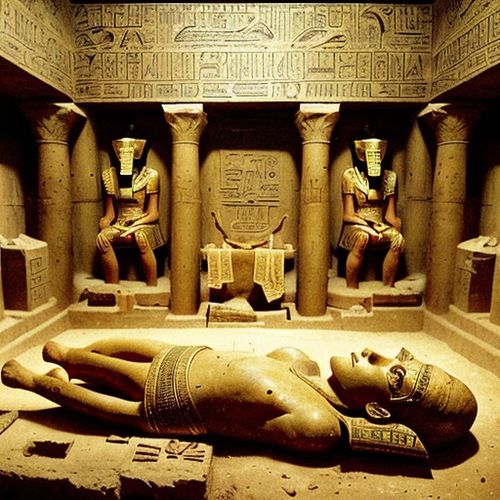
By Emma Thompson/Apr 28, 2025

By Christopher Harris/Apr 28, 2025
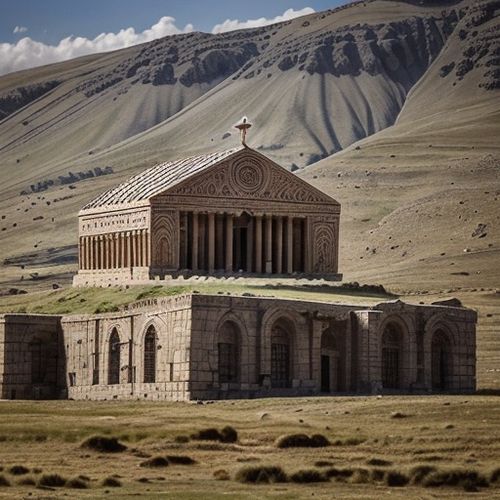
By Lily Simpson/Apr 28, 2025

By Olivia Reed/Apr 28, 2025

By Christopher Harris/Apr 28, 2025

By Amanda Phillips/Apr 28, 2025
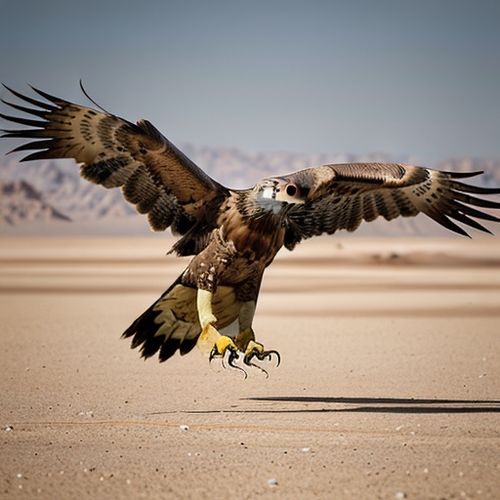
By Daniel Scott/Apr 28, 2025

By Jessica Lee/Apr 28, 2025

By James Moore/Apr 28, 2025
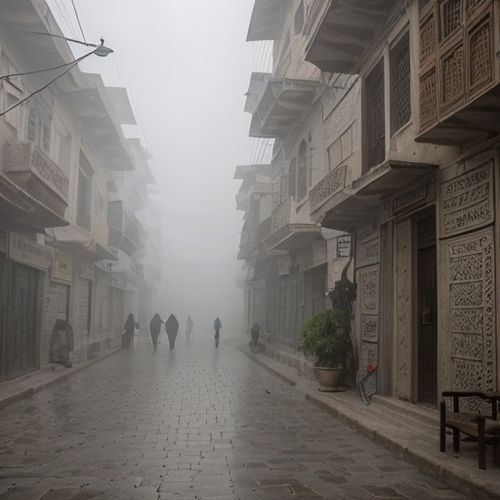
By Grace Cox/Apr 28, 2025

By Emily Johnson/Apr 28, 2025
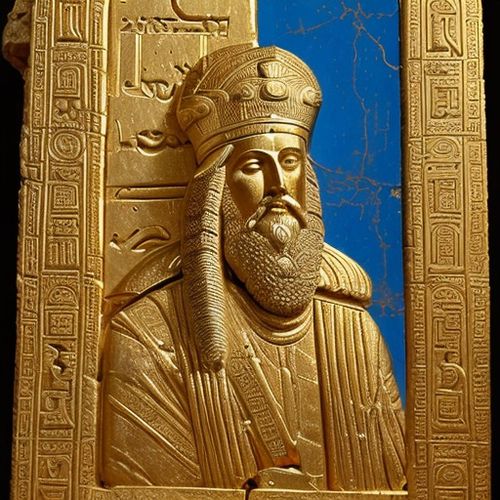
By Thomas Roberts/Apr 28, 2025
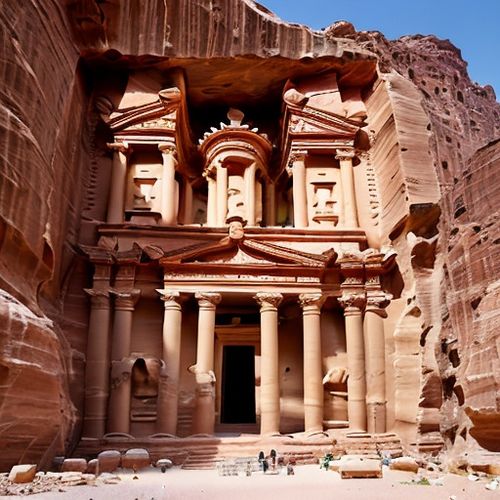
By Amanda Phillips/Apr 28, 2025

By Daniel Scott/Apr 28, 2025
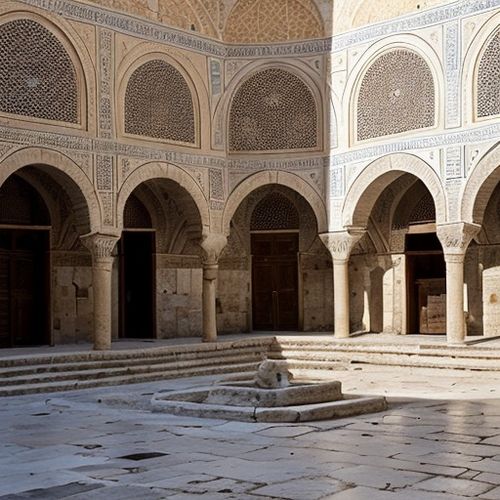
By William Miller/Apr 28, 2025
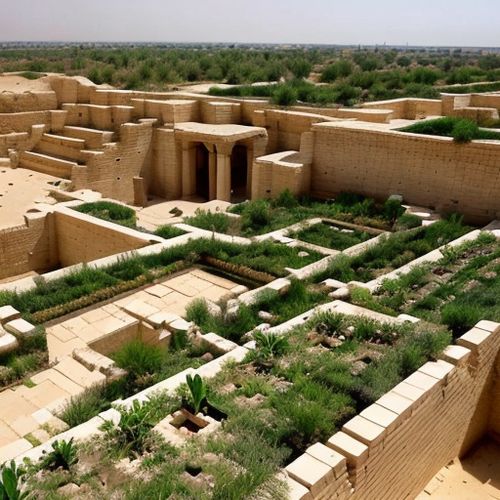
By Joshua Howard/Apr 28, 2025

By Amanda Phillips/Apr 28, 2025

By Natalie Campbell/Apr 28, 2025
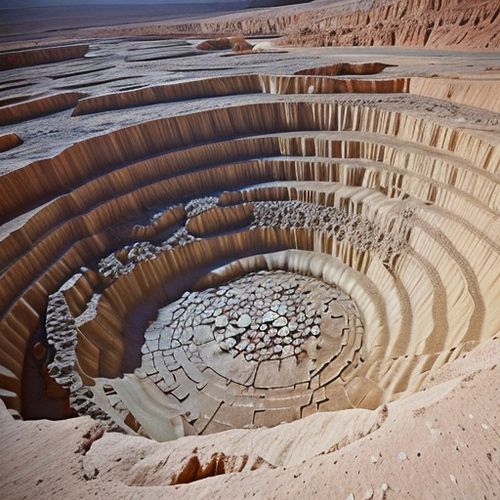
By Natalie Campbell/Apr 28, 2025